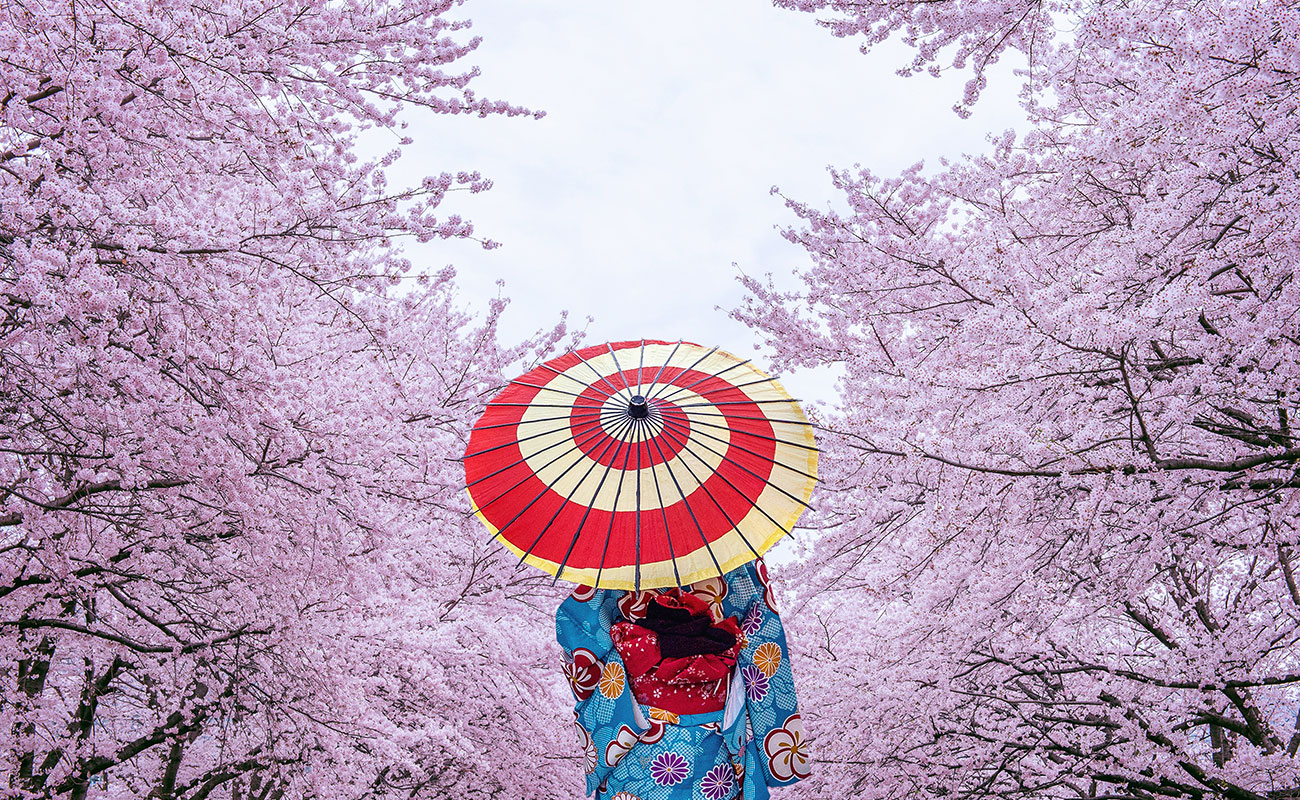Why Japan’s Hidden Villages Are 2025’s Top Destination
Japan is known for its bustling cities, neon lights, and advanced technology, but beyond the urban sprawl lies a quieter, more serene side of the country—one that many travelers are just beginning to discover. Japan’s hidden villages, often tucked away in the mountains or nestled along rural coasts, offer a rare glimpse into the country’s rich cultural heritage, unspoiled natural beauty, and time-honored traditions. These villages, once overlooked in favor of Japan’s major metropolitan areas, are quickly becoming some of the most sought-after travel destinations for 2025 and beyond.
While Japan’s iconic destinations such as Tokyo, Kyoto, and Osaka continue to attract millions of visitors annually, the allure of its lesser-known villages has captured the imagination of those seeking something more authentic, peaceful, and off the beaten path. From ancient farmhouses and peaceful rice paddies to hot spring towns and picturesque hiking trails, Japan’s hidden villages are emerging as one of the most compelling reasons to visit in 2025. Let’s explore why these remote destinations are set to dominate travel itineraries in the coming years.
1. A Step Back in Time: Preserving Japan’s Traditional Way of Life
One of the primary draws of Japan’s hidden villages is the opportunity to experience the country’s traditional way of life. Many of these rural areas have remained relatively unchanged for centuries, preserving ancient customs, practices, and architectural styles that offer a window into Japan’s past. In some villages, visitors can stay in centuries-old ryokan (traditional inns), sleep on tatami mats, and enjoy meals prepared using centuries-old cooking techniques.
For example, in the village of Shirakawa-go in Gifu Prefecture, visitors can stay in traditional gassho-zukuri farmhouses, which are known for their steep thatched roofs designed to withstand heavy snowfall. These houses, some of which are over 250 years old, are a testament to Japan’s ingenuity and connection to nature. The rural setting of Shirakawa-go, along with its lush greenery and stunning mountain backdrop, makes it a perfect place to disconnect from modern life and immerse oneself in Japan’s heritage.
In addition to experiencing traditional architecture, many villages offer visitors the chance to participate in hands-on cultural activities. From tea ceremonies and calligraphy to learning how to make soba noodles or participate in a rice harvest, these experiences provide an intimate look at Japan’s cultural traditions. For travelers who are looking for an authentic, immersive experience, Japan’s hidden villages offer the perfect setting to connect with the country’s past in a way that the larger cities simply cannot replicate.
2. Scenic Beauty: Nature at Its Most Unspoiled
Japan’s rural villages are not only steeped in history and culture but also offer some of the most stunning natural landscapes in the country. Unlike the neon-lit streets of Tokyo or the concrete jungles of Osaka, Japan’s hidden villages are surrounded by mountains, forests, and fields that have remained relatively untouched by urbanization. These pristine environments provide a serene backdrop for outdoor activities and offer breathtaking views that are hard to find elsewhere.
For instance, the village of Ouchi-juku in Fukushima Prefecture, once a post station on the Aizu-Nishi Kaido trade route, is famous for its picturesque setting and historic thatched-roof houses. The village is particularly stunning in winter when the snow transforms it into a charming, idyllic landscape. Similarly, the small village of Kinosaki Onsen in Hyogo Prefecture offers visitors the chance to bathe in multiple public hot springs, each with its own unique appeal, all set against the backdrop of the town’s tranquil rivers and lush hills.
For outdoor enthusiasts, Japan’s rural villages offer a range of activities that showcase the country’s natural beauty. Hiking through alpine forests, cycling through rural farmlands, and enjoying scenic views from mountain peaks are just some of the experiences that travelers can enjoy in these secluded areas. Moreover, the surrounding landscapes provide excellent opportunities for nature photography, making these villages a paradise for anyone wanting to capture Japan’s beauty at its most authentic.
3. The Appeal of Slow Travel: Disconnecting from the Rush of Modern Life
In an age of fast-paced living, where people are constantly plugged into technology and overwhelmed by the demands of work, there’s a growing trend toward slow travel—where the goal is not to see as many places as possible, but to savor the experience of each destination. Japan’s hidden villages are ideal for this kind of travel. Their remote locations, peaceful ambiance, and slower pace of life allow visitors to step away from the hustle and bustle and truly relax.
These villages provide a stark contrast to the crowded tourist spots in Japan’s big cities. With fewer tourists and more intimate experiences, visitors can enjoy a sense of tranquility and calm that is hard to find in the more commercialized parts of the country. Whether it’s sipping a warm cup of matcha at a local tea house, strolling through rural streets with no particular destination in mind, or soaking in a quiet onsen, Japan’s hidden villages allow visitors to slow down, connect with nature, and restore balance to their busy lives.
The rise of digital nomadism and the popularity of remote work also make these villages an attractive destination for those looking to work in a peaceful, inspiring environment. Many hidden villages offer cozy accommodations with strong Wi-Fi connections, making it easy for remote workers to take advantage of Japan’s natural beauty while continuing their professional commitments. These destinations are ideal for those who want to escape the noise of city life without sacrificing modern amenities.
4. Sustainability and Responsible Tourism
As awareness of sustainable and responsible tourism grows, travelers are increasingly seeking destinations that promote eco-friendly practices and respect for the environment. Many of Japan’s hidden villages are leading the way in sustainable tourism, with a focus on preserving natural resources, supporting local communities, and minimizing the impact of mass tourism.
In some villages, local residents are involved in the tourism industry, offering visitors authentic experiences that support the economy and culture of the area. For example, in rural farming communities, tourists may be invited to help with planting rice or harvesting vegetables, learning about the sustainable farming techniques that have been passed down for generations. By staying in locally owned accommodations, eating at family-run restaurants, and supporting artisans who create traditional crafts, travelers contribute directly to the village’s economy and help sustain its way of life.
Moreover, Japan’s commitment to preserving its environment is evident in the country’s efforts to maintain natural landscapes and promote eco-friendly infrastructure. Many rural villages are taking steps to reduce waste, conserve energy, and protect their ecosystems, making them ideal destinations for eco-conscious travelers looking to make a positive impact.
5. Rich Food Culture and Local Cuisine
Japan’s culinary culture is one of the country’s major attractions, and rural villages are no exception. Far from the internationalized, mass-produced cuisine found in big cities, Japan’s hidden villages offer a taste of authentic, locally sourced dishes that reflect the region’s agricultural traditions and seasonal ingredients. Whether it’s fresh mountain vegetables, handmade tofu, or fish caught from nearby rivers, the food in these villages is both fresh and delicious.
In addition to traditional Japanese dishes, many villages are home to unique regional specialties. For instance, the mountainous region of Nagano is known for its soba noodles, made from buckwheat grown in the area’s cool climate. The rural town of Gifu is famous for its Hida beef, a premium cut of meat that’s prized for its tenderness and flavor. In the countryside of Kyoto, visitors can enjoy kaiseki meals, a multi-course dining experience that highlights the delicate flavors of seasonal ingredients.
Staying in a hidden village often means eating at small, family-run restaurants, where dishes are prepared with love and care. These local culinary experiences not only satisfy the palate but also offer a deeper connection to the culture and history of the area.
Conclusion: Why Japan’s Hidden Villages Are the Top Destination for 2025
As travelers seek more meaningful, immersive experiences, Japan’s hidden villages offer the perfect escape. These rural destinations provide an opportunity to reconnect with nature, experience authentic cultural traditions, and slow down from the rapid pace of modern life. Whether you’re seeking breathtaking landscapes, deep-rooted cultural experiences, or simply a peaceful retreat, Japan’s hidden villages are poised to become one of the top destinations of 2025.
In a world increasingly focused on sustainability and responsible travel, these villages offer a glimpse of what the future of tourism can look like—one that emphasizes respect for local cultures, environmental preservation, and the joy of slow, intentional travel. By choosing to explore these remote corners of Japan, travelers can enjoy a once-in-a-lifetime experience while also supporting the communities that make these villages so special.
As the world continues to evolve, Japan’s hidden villages stand as a testament to the beauty of the past, the value of tradition, and the timeless allure of nature.



